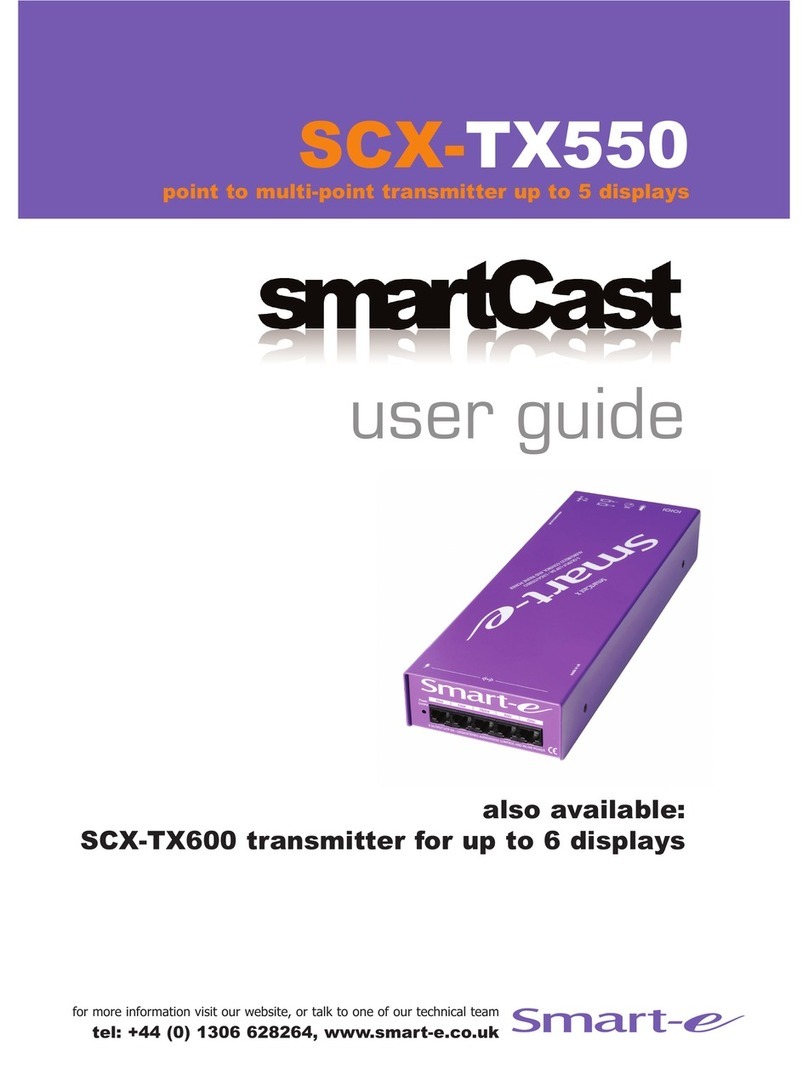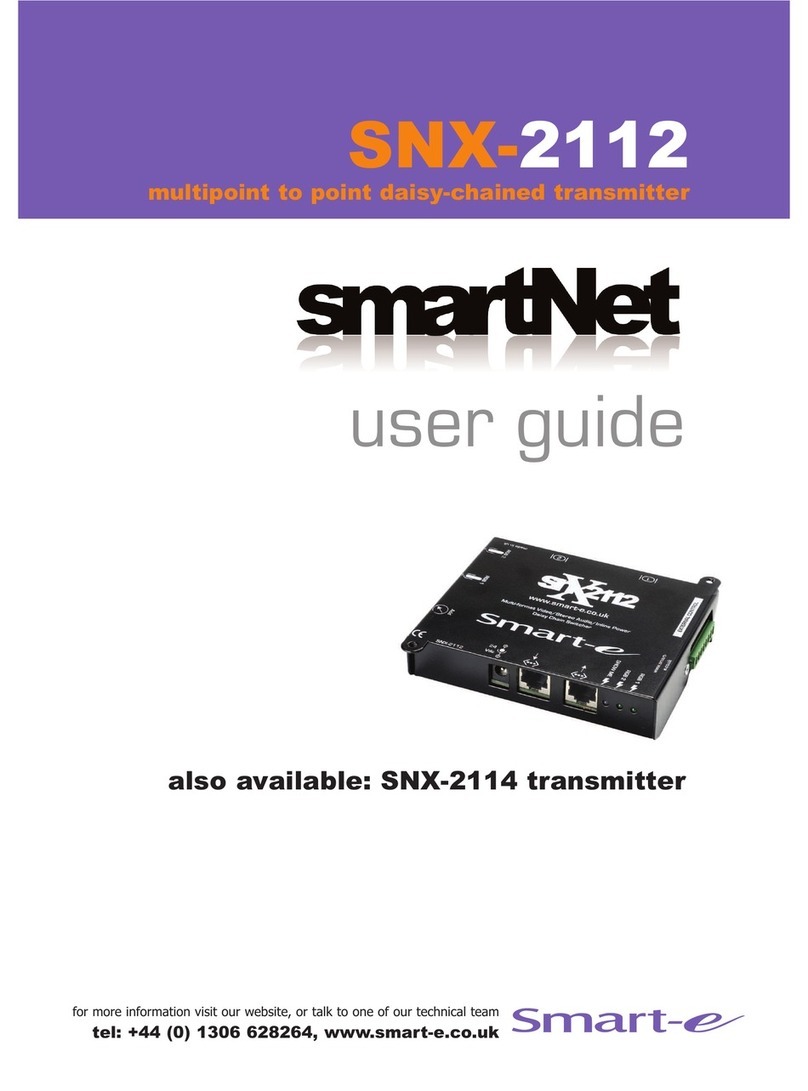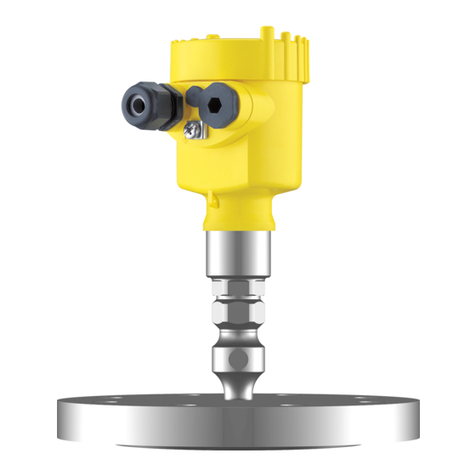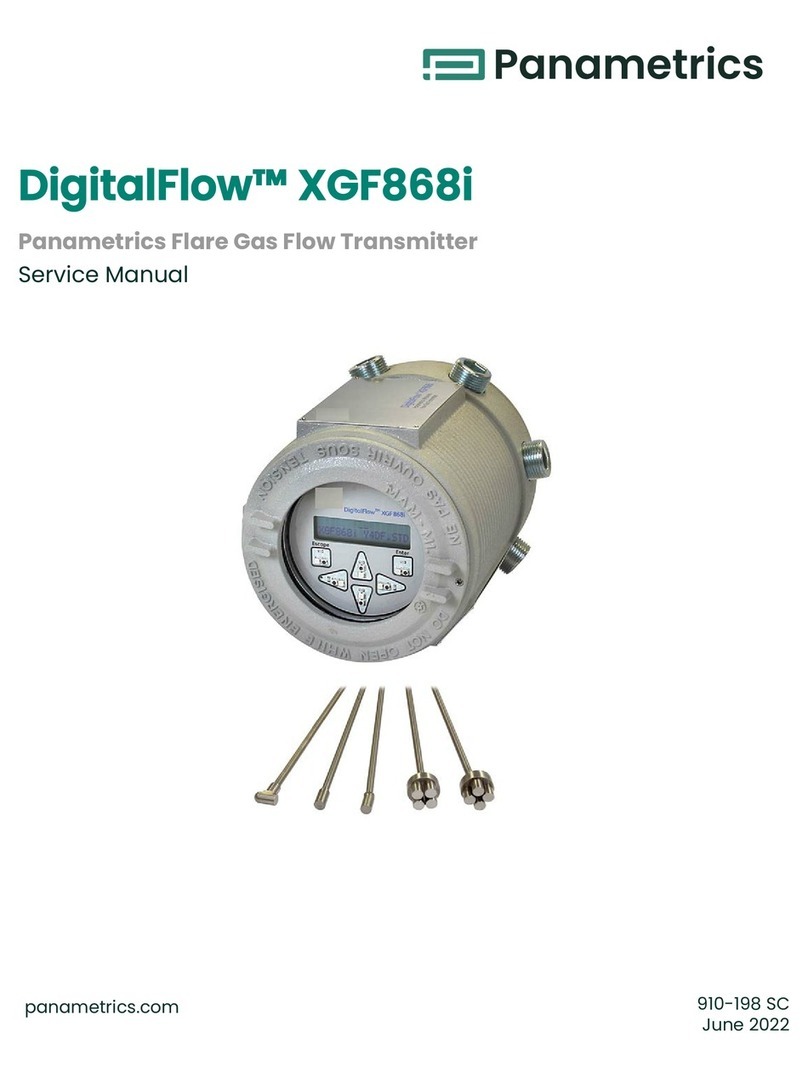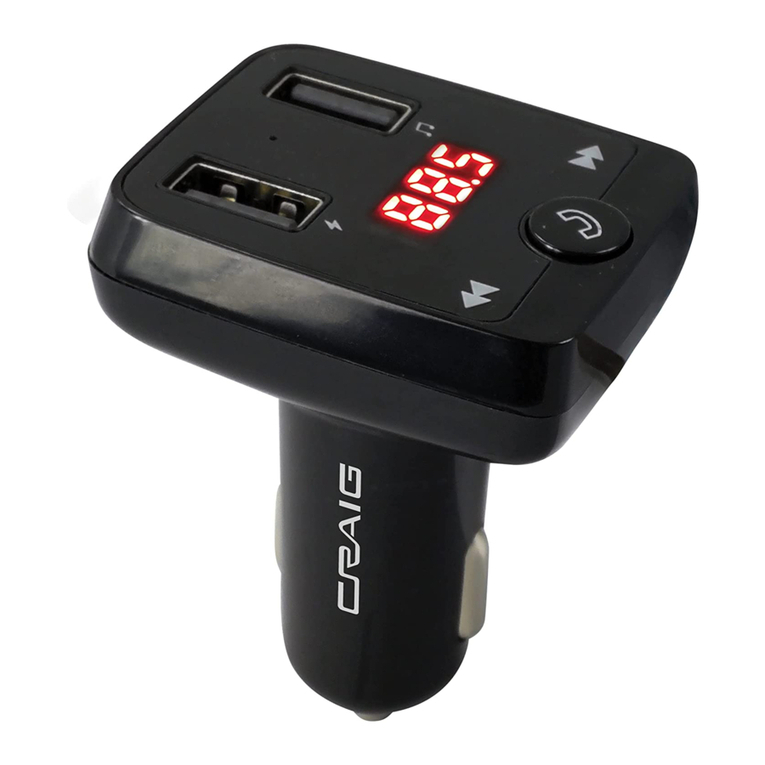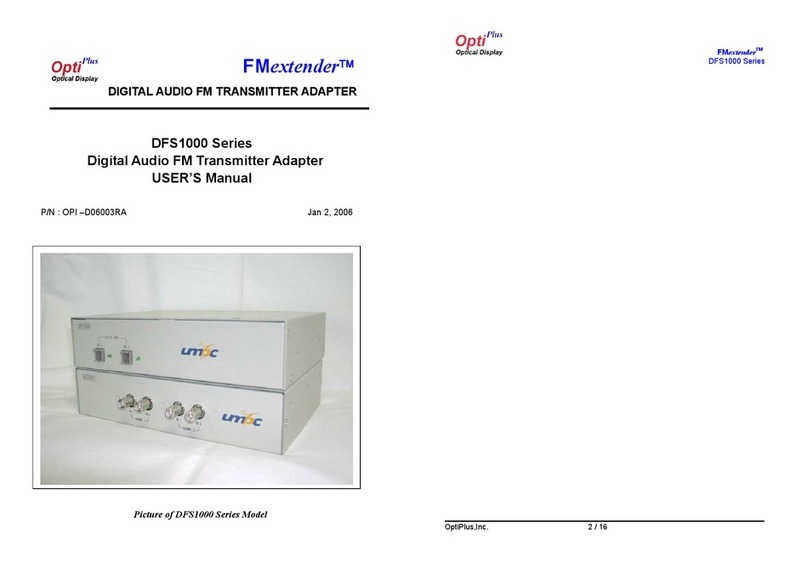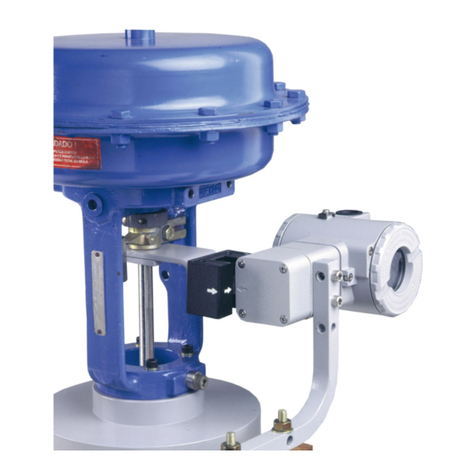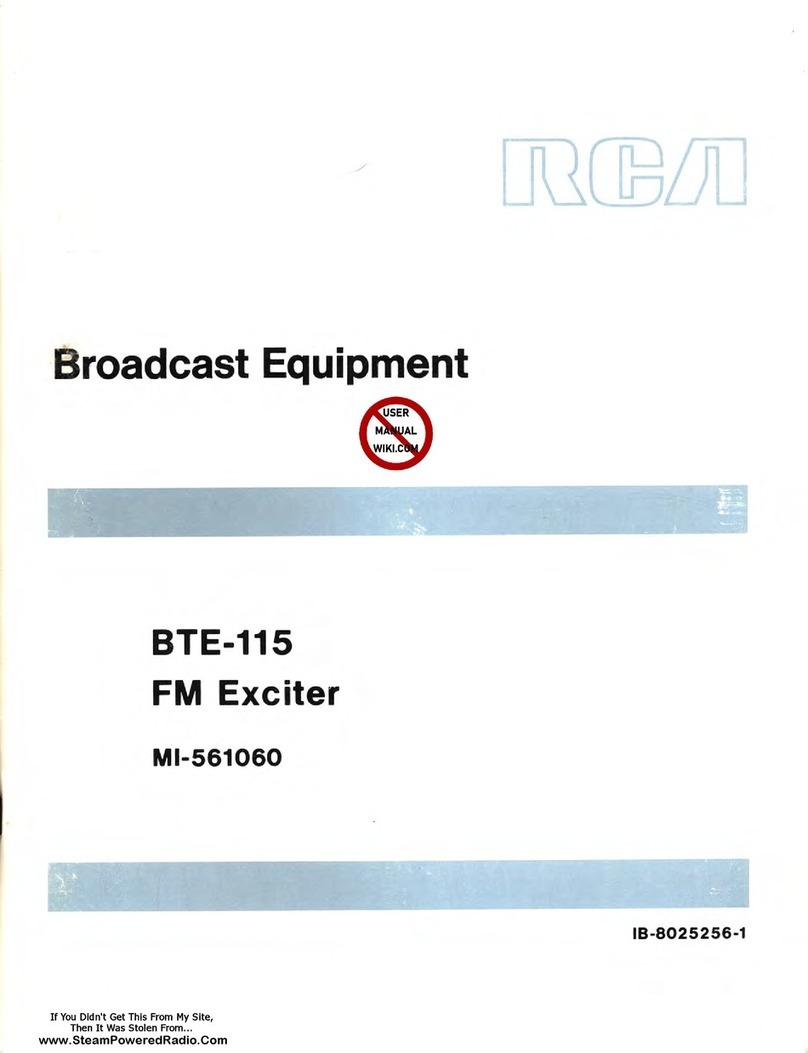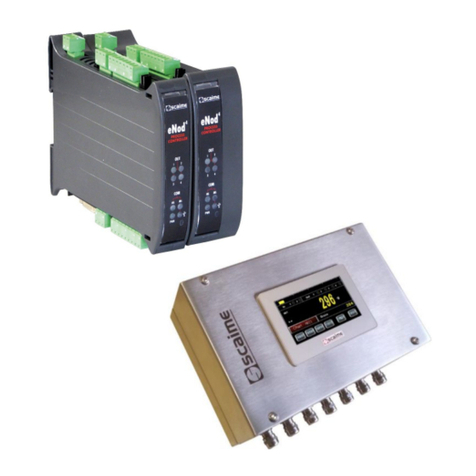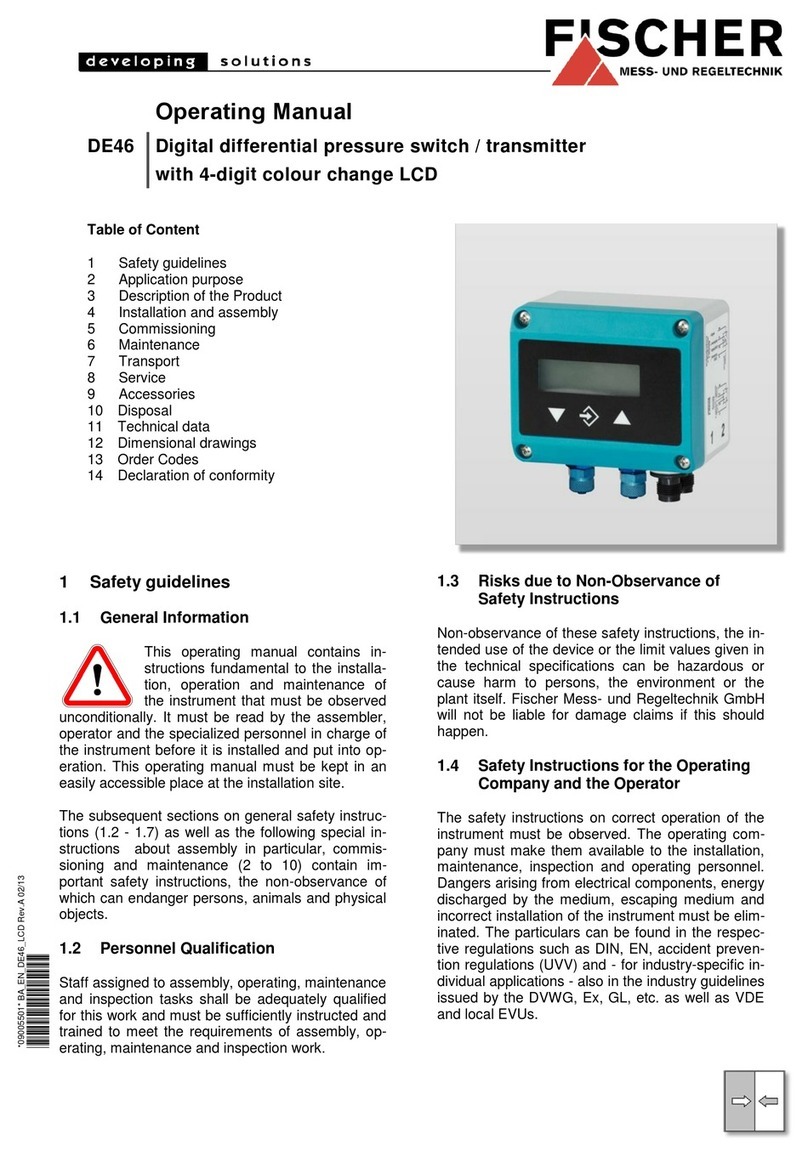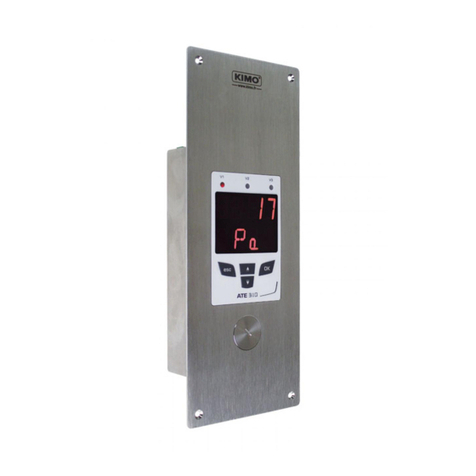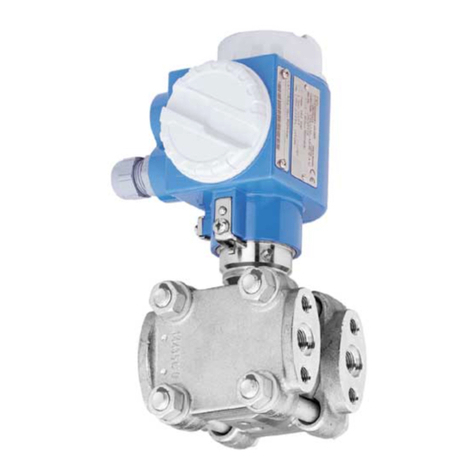Smarte SLX-TX16 SmartLynx User manual

for more information visit our website, or talk to one of our technical team
tel: +44 (0) 1306 628264, www.smart-e.co.uk
SLX-TX16
long range transmitter system
user guide

Edition 3, July 2008
Copyright 2008 Smart-e (UK) Ltd.
Notice
The information contained in this document is subject to change without
notice. Smart-e makes no warranty of any kind with regard to this
material, including but not limited to, implied warranties of
merchantability and fitness for particular purpose.
Smart-e will not be liable for errors contained herein or for incidental or
consequential damages in connection with the furnishing, performance
or use of this material.
No part of this document may be photocopied, reproduced, or
translated into another language without prior written consent from
Smart-e (UK) Ltd.

Table of Contents
Introducing SmartLynx
..........................................................................................1
What is SmartLynx .........................................................................................2
Why is SmartLynx necessary ....................................................................2
How does SmartLynx work .........................................................................2
Installation and Operation
Rack Mounted Transmitter ........................................................................3
Receiver Options ..............................................................................................8-9
Appendix
Specifications.....................................................................................................32
Troubleshooting................................................................................................37
Limited warranty statement.......................................................................38
Partial Product List............................................................................................ Back

Introducing SmartLynx Cat5 AV Extender
Thank you for buying the Smart-e SmartLynx Rack Mountable Cat5 AV
Extender. Depending on the configuration of your system various
quantities of the parts below may be included in your shipment.
If any of the accessories listed below are missing please contact the
Smart-e dealer you purchased products from or contact Smart-e
customer support at:
+44 (0) 1306 628264
If you ordered a SmartLynx SLX-TX16:
Item Description SLX-TX16
Transmitter Unit 16 Inputs and 16 Cat5 Outputs Yes
Mains Cable IEC Mains Lead Yes
-1-
Item Description SLX-RX100 SLX-RX111 SLX-TX211
Short Range
Receiver Unit 1 Cat5 Input and 1 Output No Yes No
Long Range
Receiver Unit 1 Cat5 Input and 1 Output Yes No Yes
If you ordered SmartLynx Single Screen Receivers:
Item Description SLX-RX212 SLX-RX212D
Receiver Unit 1 Cat5 Input and 2 Outputs Yes No
Cascadable
Receiver Unit
1 Cat5 Input, 1 Cat5 Output
2 Standard Outputs No Yes
If you ordered SmartLynx Dual Screen Receivers:

What is SmartLynx?
The SmartLynx systems are a combination of transmitter and receiver
devices designed to transmit high resolution computer video and/or audio
signals over Cat5 wire. AV stands for Audio Visual and includes such signal
formats as Broadcast Video (TV video signal), Computer Video (VGA, SVGA,
SXGA and etc. signals) and various formats of Audio signals.
Why is SmartLynx necessary?
Sometimes AV signals need to be transmitted over distances greater than
commonly specified product limitations of 5m. In this case several choices
are available, but most are expensive and bulky, which is in some cases
simply not practical, due to space limitations in the conduits.
The SmartLynx allows the transmission of AV signals over a standard Cat5
UTP cable over distances of up to 300m. The actual distance is a function
of the signal resolution and cable quality. The following is a rough guide to
distance and resolution:
How does SmartLynx work?
The Smart-e SmartLynx systems are transmitter and receiver pairs designed
to extend video, stereo audio and IR/RS232 signals over (UTP) unshielded
twisted pair category 5 (Cat5) cabling. They are supplied with a UK power
supply and consist of: a transmitter with a video input (connectors vary by
model), an audio input and a Cat5 output and; a receiver with a cat5 input and
corresponding outputs. Certain models are also supplied with local outputs
and/or IR or RS232 connections.
The extended signals depends on the model but supported signals are UXGA,
CVBS, YUV( YPbPr), Y/C, RGsB and RGBS analogue format and Stereo Audio.
The basic concept behind this product is the ability to encode and decode
analogue signal combined with precise line equalization and compensation.
Cat5 Cable Length Maximum Recommended Resolution
150m UXGA (1600x1200)
200m HDTV (720p,1080i, 1080p)
300m SDTV, SVGA (800x600)
Introducing SmartLynx Cat5 AV Extender
-2-

1. Preparing for installation
Start installation process by ensuring that all video displays and audio
devices are compatible with the computers being used.
This is accomplished by connecting the devices directly to the computer
and checking that the devices operate as desired without the SmartLynx
system.
Install CAT-5 wiring between desired locations. In order to minimize system
operation difficulties, avoid routing the system cables near fluorescent
lights, air conditioners, or machines that may create electrical noise.
Installation and Operation
-3-
Fig. 1

2. Connect Transmitter to the signal sources
2.1 Connect the video output of the source device to the input of
the transmitter using the relevant interface cable if relevant.
2.2 Connect the audio output of the source device to the audio
input of the transmitter using the appropriate cable.
2.3 If using RS232 or Infra-Red see Blaster installation on the following
pages.
Installation and Operation
-4-

3. Setting Jumpers on Transmitter to correct position
3.1 The diagram below details how to correctly set the jumpers for the
required video type (VGA or RGBS), for VGA the jumper should be in
the top position for RGBS it should be at the bottom.
Installation and Operation
-5-

Installation and Operation
-6-
4. Connecting the IR Blaster unit (optional)
4.1 Using the IR Blaster control cable, attach one end into the IR control
port on the rear of the SLX-TX16 and the other end to the rear of
the 1U Blaster unit.
4.2 Then plug the IR emitter LED into the relevant 3.5mm jack socket on
the front of the Blaster unit and position the LED at the device to be
controlled. Making sure that the Blaster port number corresponds
to the video input number on the SLX-TX16.
4.3 See IR output 12 on the Blaster corresponding to video input 12 on
the Transmitter in the diagram below.

5. System Power up
5.1 Turn the system on by plugging in the power adapter to the
SmartLynx if they are not yet connected (See diagram
opposite).
5.2 Power up your computer.
5.3 Observe both transmitter and receiver power LED are ON,
and source device is switched on.
6. Preparing and connecting System CAT-5 cable
The SmartLynx utilizes category 5 (CAT 5), unshielded twisted pair (UTP) cable to
transport signal between transmitter and receiver.
CAT 5 cable is more desirable than coaxial cable due to its low cost and ease of
installation. This cable is used for LAN applications and is found in abundance,
already installed, in many buildings . The category 5 is a standard which
establishes minimum requirements for telecommunications cabling within a
commercial building. The standard covers various aspects of wiring including
telecommunications outlets.
Following is the wiring standard for terminating CAT 5 cable using RJ 45
connector:
Pair 1 Pins 1 & 2
Pair 2 Pins 3 & 6
Pair 3 Pins 4 & 5
Pair 4 Pins 7 & 8
Connectors: RJ-45
Capacitance: 14 pf/ft (46.2 pf/m)
Conductor Gauge: 24 AWG
Impedance: 100 +/- 15 ohms
4 - Pair
Installation and Operation
-7-

Receiver Options
7. Smartlynx Receiver Options
There are a number of different receiver options available to accompany the SLX-TX16,
please check the model number and relevant page number reference below.
SLX-RX100
UXGA, RGsB, YPrPb, Y/C, CVBS and Stereo Audio
For Instructions on Installation of the SLX-
SLX-RX111
UXGA, RGBS, RGsB, YPrPb, Y/C, CVBS, Stereo
Audio and RS232 or Infra-Red control option.
For Instructions on Installation of the SLX-
SLX-RX211
Same as SLX-RX111 but with greater range and
skew compensation.
For Instructions on Installation of the SLX-
-8-

-9-
Receiver Options
SLX-RX212/D
Dual Screen Output, UXGA, RGsB, YPrPb, Y/C, CVBS and Stereo Audio, with RS232 or
Infra-Red control option. SLX-RX212D can be cascaded.
For Instructions on Installation of the SLX-

-10-
Installation and OperationSLX-RX100
The SLX-RX100 allows for the reception of UXGA, RGsB, YPrPb,
YUV, Y/C, CVBS and stereo audio, when broadcasted along a
single Cat5 UTP cable from a Smart-e transmitter or matrix.
The unit then distributes the received signal to a display via a
HD15 connection and to speakers via a 3.5mm mini jack.
SLX-RX100

Installation and OperationSLX-RX100
1. Connecting SLX-RX100 to the display device
1.1 Making sure that the Cat 5 cable is connected to the SLX-TX16
output, connect the cable to the RJ45 socket on the receiver unit.
1.2 If the cable connection is correct the power LED on the front of the
receiver should illuminate (power is sent up the Cat 5 cable).
1.3 Connect the display to relevant connector on the receiver
(see diagram below) using the appropriate cable.
-11-

2. Setting the cable length dials
The Receiver unit is preset for approximately 50m which is sufficiently accurate for most
applications. However if the image does not look sharp enough then follow the instructions
below
2.1 Whilst looking at an image on the display, preferably a long horizontal
bar, adjust the CABLE COMPENSATION dial.
2.2 Looking at the right-hand edge of the bar you will see the image
change. A highlighting bright edge means over compensation, whilst
a blurred dark edge means under compensation.
2.3 Adjust the dial until both effect are neutralized.
The Contrast control dial is factory pre-set and usually needs no adjustment.
-12-
Installation and OperationSLX-RX100

3. Sync Processing
For VGA applications the Transmitter adds the Horizontal and Vertical Sync Pulses to
the Blue and Red channels. However, since the unit has been designed for use with
other types of video the Receiver provides the ability to pass both the Red and Blue
channels transparently or process them to remove the Sync Pulses.
3.1 For composite, y/c and YPbPr(component) the jumpers must be
set in the Video position.
3.2 For VGA the jumpers must be set in the VGA position.
The example below shows the jumpers set for composite, s-video or component
Installation and OperationSLX-RX100
-13-

The SLX-RX111 allows for the Short Range reception of UXGA,
RGsB, RGBS, YPrPb, YUV and Long Range reception of Y/C,
CVBS, Stereo Audio, and Infra-Red or RS232 control signals,
when broadcasted along a single Cat5 UTP cable from a Smart-e
transmitter or matrix.
The signals are received along the Cat5 from the transmitter and
then distributed to the display and control equipment via the
appropriate connection and to speakers via a 3.5 mm mini jack.
-14-
Installation and OperationSLX-RX111
SLX-RX111

1. Connecting SLX-RX111 to the display device
1.1 Making sure that the Cat 5 cable is connected to the SLX-TX16
output, connect the cable to the RJ45 socket on the receiver unit.
1.2 If the cable connection is correct the power LED on the front of the
receiver should illuminate (power is sent up the Cat 5 cable).
1.3 Connect the display to relevant connector on the receiver
(see diagram below) using the appropriate cable.
1.4 If RS232 control is required then connect to the display via the
3.5mm minijack on the receiver using a CAB-J19-1M.
Installation and OperationSLX-RX111
-15-

2. Connecting SLX-RX111 to audio and Infra-Red control
2.1 Connect the speakers or audio input on the display to the audio
output on the receiver, using a 3.5mm jack plug.
2.2 If using the receiver to transmit Infra-Red signals back down the
position as shown in the diagram below.
2.3 If using the receiver to transmit Infra-Red signals up to the display
position
as shown in the diagram below.
Installation and OperationSLX-RX111
-16-

3. Mounting the Receiver
The receiver unit can compensate for cable losses over a length of 20-100m, and for
-
wall or screen (See diagram below). Simply hold receiver in place, mark position of holes
and set screws in these locations.
NB. Always use screws with heads larger than the holes.
-
-
Installation and OperationSLX-RX111
-17-
This manual suits for next models
1
Table of contents
Other Smarte Transmitter manuals
